Cyprus is fast becoming a destination for unique architectural projects. Proof of this is the participation of projects from the island in the prestigious World Architecture Festival. In 2024, Cyprus will be represented at the competition with a total of five nominees - a record number for the small Mediterranean island.
Shall we take a closer look at the candidates?
The festival
The World Architecture Festival (WAF) is an annual celebration of contemporary architecture and one of the most prestigious events of its kind in the world. Launched in 2008, the festival has been held in Barcelona, Singapore, Berlin and Amsterdam over the years. More than a thousand projects are shortlisted for the long list, and just over half of these make it to the short list. During the festival, the architects have to present their project live.
Cyprus at the festival: interesting facts
- Until 2024, Cypriot projects were generally poorly represented at the festival. Only four projects made it to the longlist for the award. Only three made the shortlist.
- In 2022, Cyprus was represented on the shortlist by the Freedom Square project in Nicosia (read more about its history here).
- In 2023, two projects were shortlisted for the award: the Vgöntö Project residential complex in Paphos and the Resort AIR hotel project (without a specific location).
- The Observatory project in Troodos has been shortlisted twice: in 2018 in the 'Future Projects' category and in 2024 in the 'Completed Buildings' category: Civic and Public Architecture'.
- In 2024, Cyprus will be represented at the festival with a total of five projects - good progress for a country with such a modest past.
What are these projects?
All the shortlisted projects are divided into 33 categories. Cypriot nominees are represented in five of them.
Troodos National Observatory, Agridia
Category: 'Completed Buildings: Civil and Public Architecture'. The project by Kyriakos Tsolakis Architects caused a sensation from the moment its renderings were first published on the internet. The new observatory was quickly compared to the spaceship from Star Wars. The project was completed and inaugurated in May 2024, but the observatory itself is still closed to the public.
It was important to the team to have a positive impact on the local economy. The population of the mountainous areas of Cyprus is steadily declining, and the architects wanted to create a memorable landmark that would itself attract visitors to the area. The exterior of the observatory is finished with mirrored surfaces that reflect the endless Cypriot sky. In this way, the building is integrated into its surroundings and seems to dissolve into the blue of the sky. This is intended to emphasise the purpose of the observatory - to provide a place for people to observe the heavens.
Inside, the architects chose natural materials: wood, stone and granite. The architects believe that public buildings of any culture reflect the social ideals of their time. With this in mind, they have created a durable, low-maintenance facility that they hope will stand the test of time.
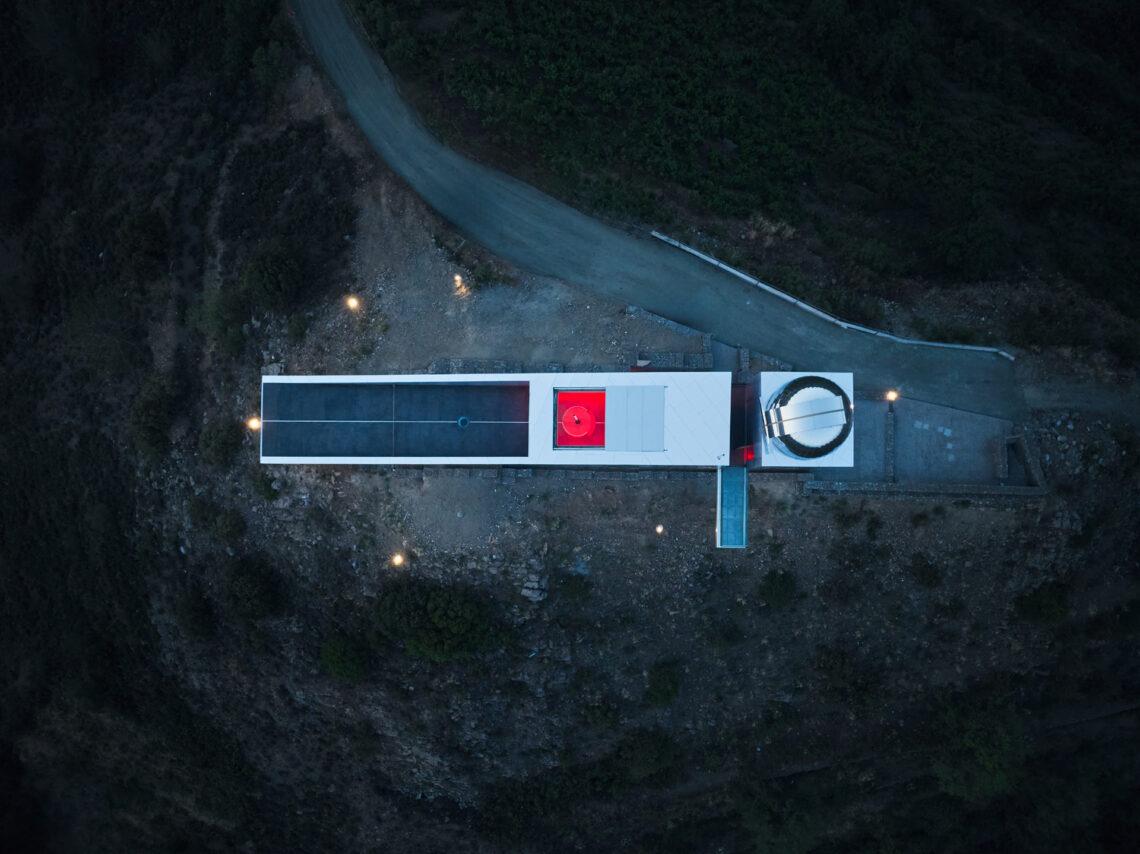
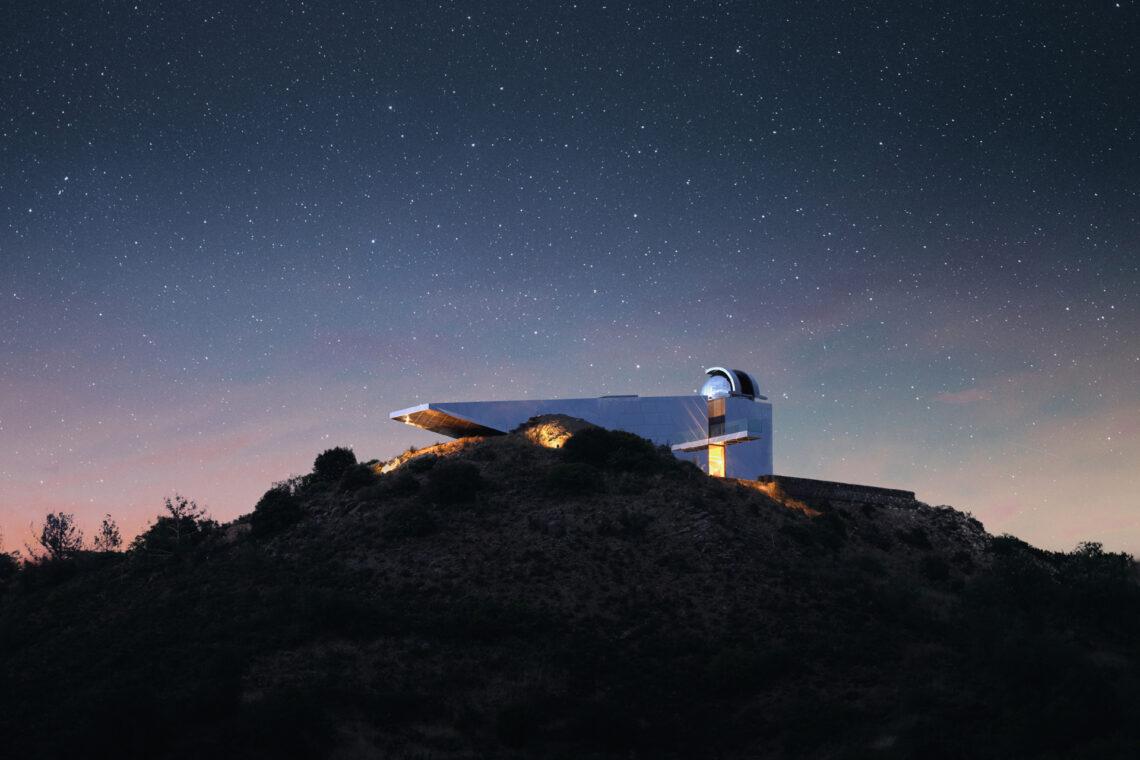
The photo of the observatory is also on the cover of the World Architecture Festival 2024, which means that the project has become a kind of flagship for this year's event.
Marco Polo Housing Complex in Limassol
Category: 'Completed Buildings: Residential Architecture': The new residential building in Limassol's Pareklisha district was designed by the prolific British firm UHA. The architects faced a number of challenges. They were asked to create a completely new type of building, but to fit it into a dull residential area consisting mainly of private villas on the coast. To ensure that all the apartments had sea views. To design loggias that would be the largest in Cyprus in terms of percentage, but still comply with legal requirements that do not allow loggias to exceed 25% of the total floor area.
The latter challenge was the reason for tilting the building back slightly. Our decision was based on the condition that the 25% would come from the covered part of the loggia. In order to comply with the legislation, but to create loggias that exceed this figure, each rising floor is offset by 1.5 metres, creating a large open area and resulting in oversized terraces with sea views on each floor,' say the architects on the project page. The seismic activity of the region had to be taken into account and the stability of the building had to be guaranteed. All these challenges were successfully met, resulting in a truly unique project for Limassol.
The building was constructed by bbf:, a company with which UHA has already collaborated on other projects (e.g. SkyTower).
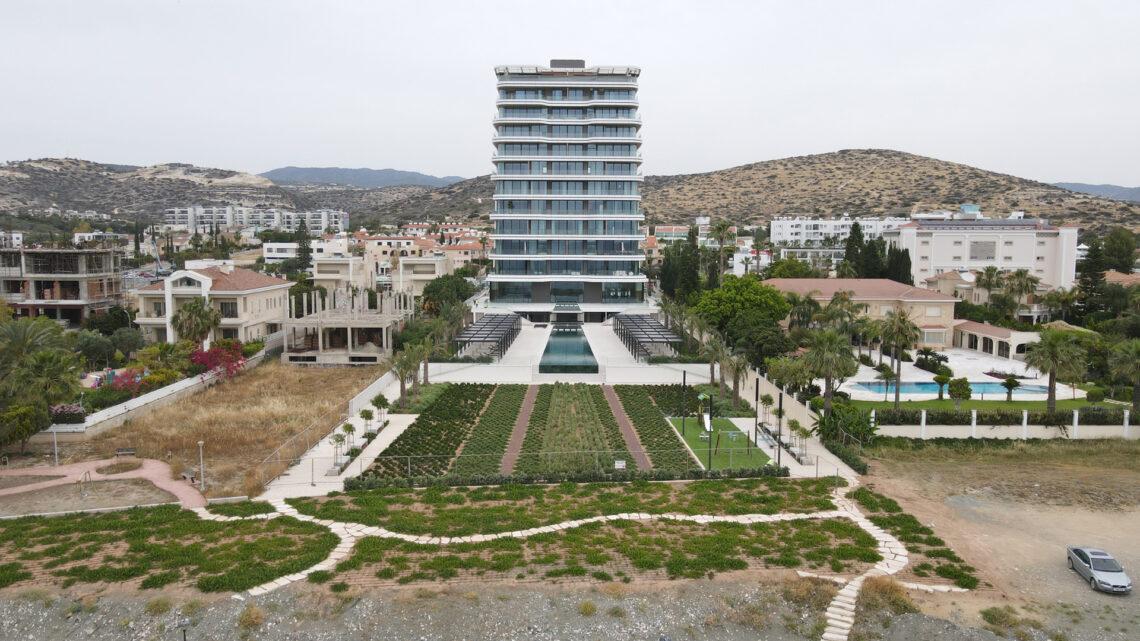
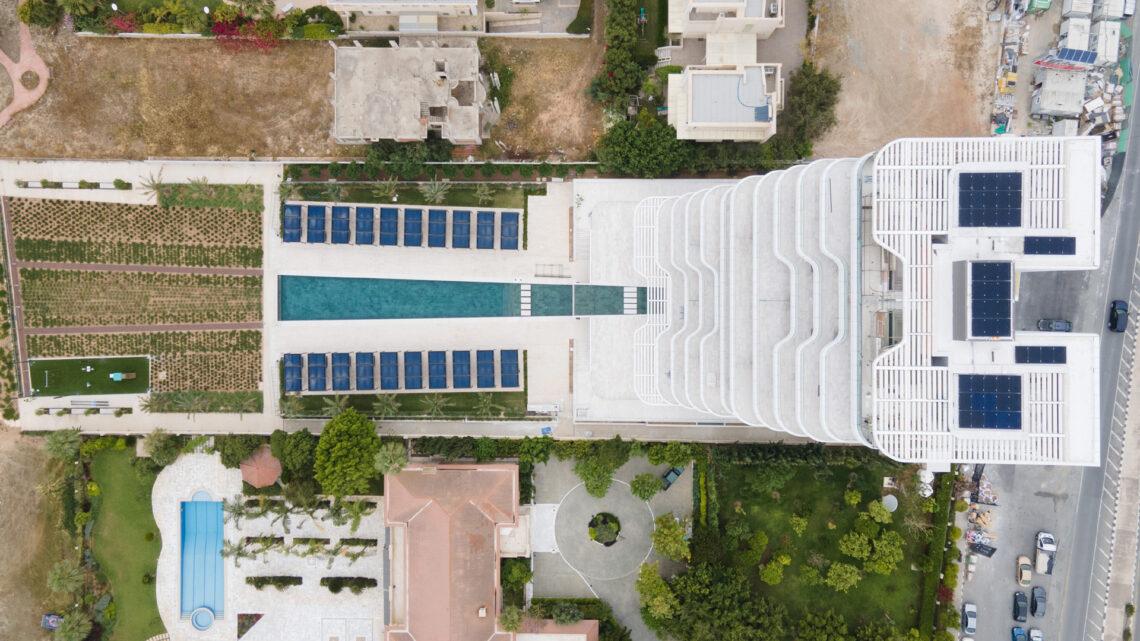
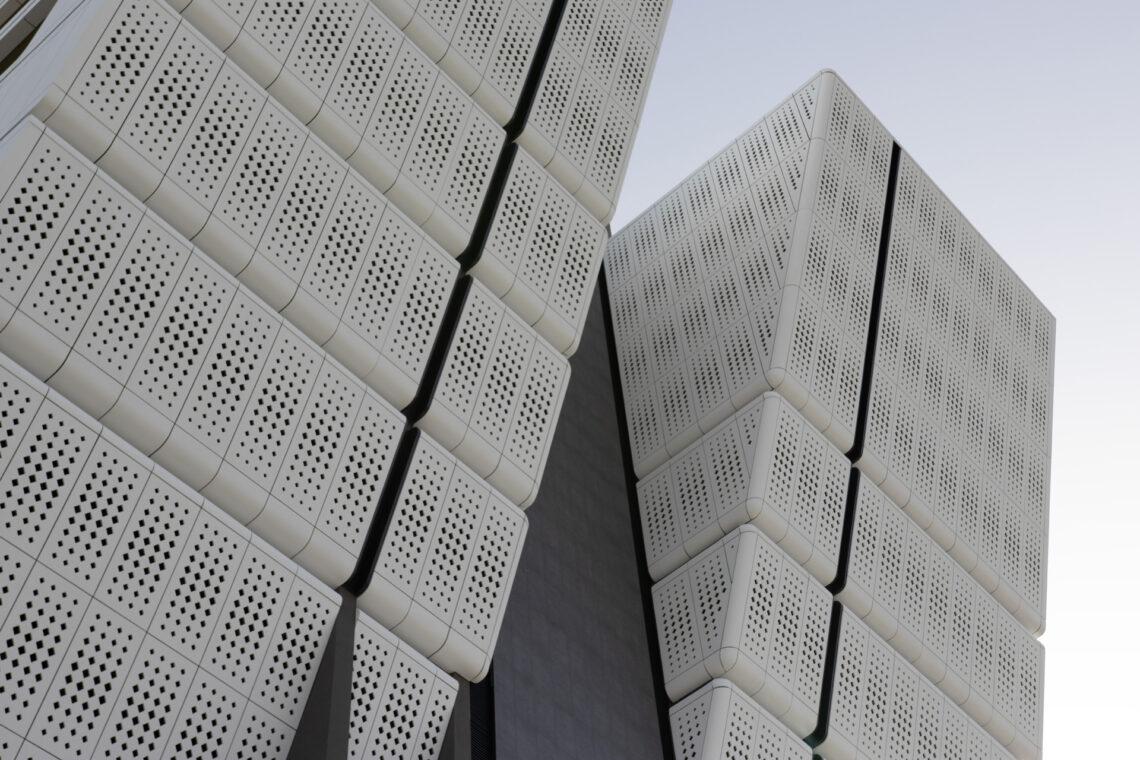
Minthis complex in Tsada
Category: 'Completed buildings: Mixed use projects'. Minthis is a historic area near the village of Tsada in the Paphos region. The name appears on 12th century maps and is derived from the Greek word for mint. Throughout its history, the area was best known for the medieval monastery of the Honourable Cross.
Woods Bagot designed the resort, which combines residential accommodation, tourist apartments, shops and spa services. The project's designers have sought to reimagine the traditional Cypriot village, combining antiquity and modernity, minimalism and luxury. The buildings are designed in a style inspired by Byzantine architecture and constructed of local stone. The architecture is context sensitive, with villas decorated in the traditional style of a mountain village.
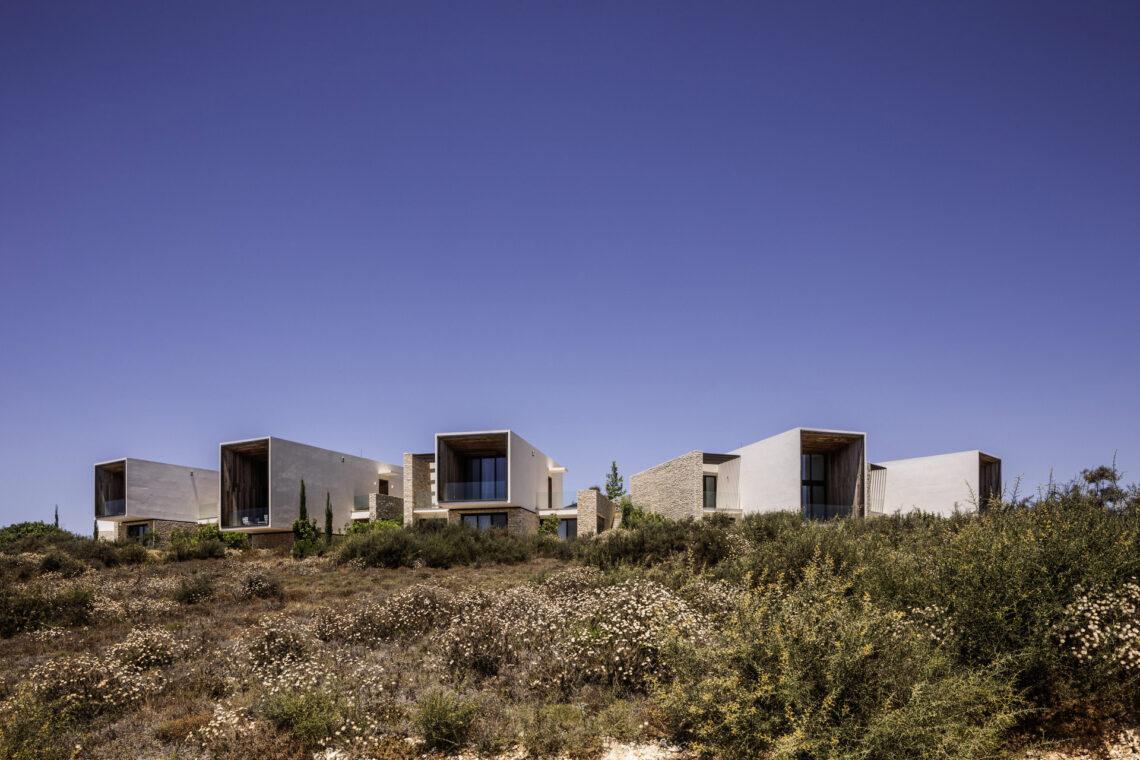
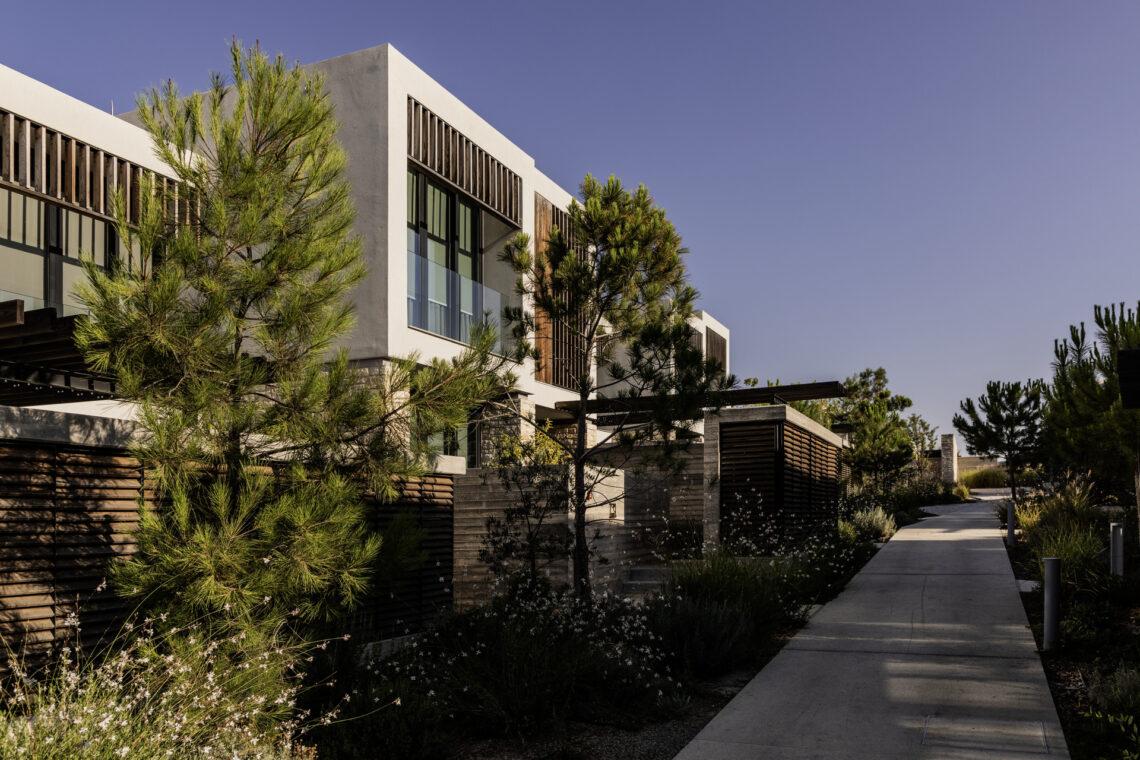
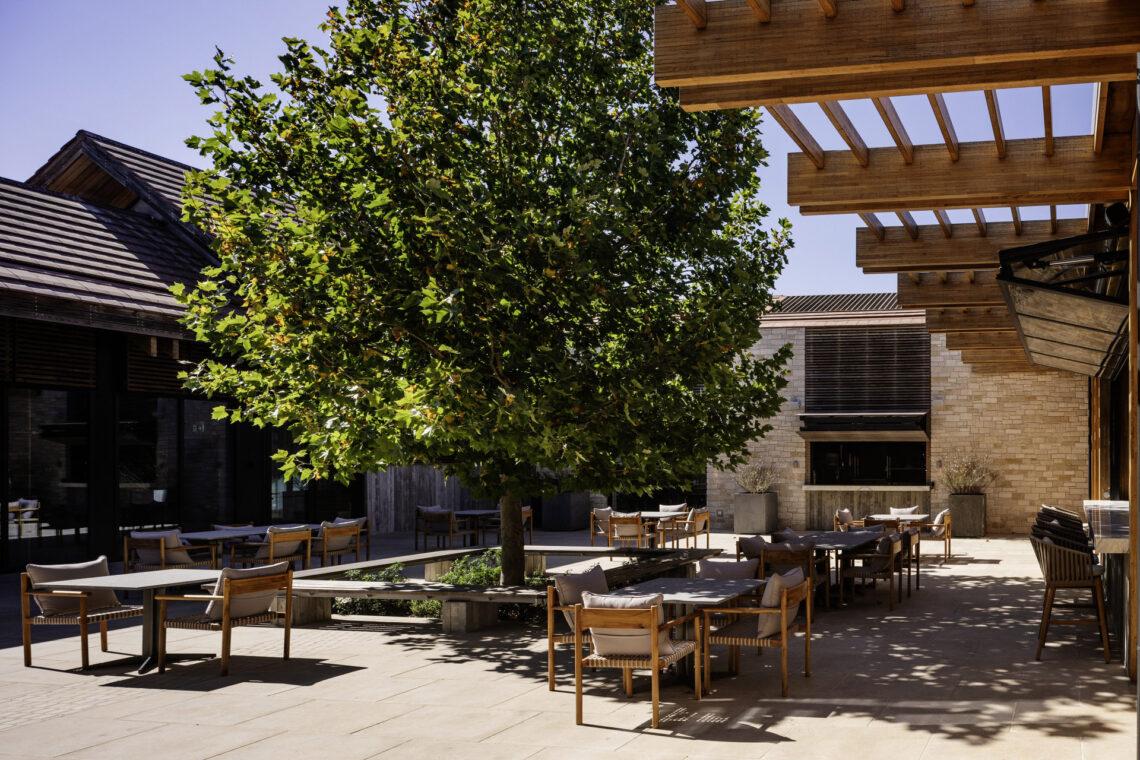
Metropolis Mall building in Larnaca
Category: 'Completed projects: Shopping'. Greek architecture firm OFFICETWENTYFIVEARCHITECTS designed Larnaca's first shopping mall. The challenge was to avoid the stereotypical appearance of a shopping centre as a black rectangular box. The architects decided to create a light-coloured, irregularly shaped building that appears to grow naturally out of the ground. Aluminium panels in white, grey and copper were used for the cladding.
Inside, the architects used curves and zigzags in the layout to create a sense of flow. The floors and ceilings were carefully designed and the colour and texture of the materials used (white, black, grey, copper and wood grain) accentuated the final look of the interior. Finally, the landscaping was of great importance to the whole project. Nearly 800 new trees were planted around the mall, surrounding it with a new green space.
The exterior lighting was carefully designed to completely change the look of the mall at night.

Construction project for The Island public school in Palodia
Category: 'Future Projects: Education', the project for one of Limassol's leading public schools was designed by British architects Scott Brownrigg. The design places the six-hectare educational centre at the centre of a 30-hectare site. The challenge for the architects was to fit the school buildings into the hilly landscape of Palodia, with a difference in elevation of more than 30 metres.
The design reflects the desire to create a supportive and diverse learning environment from nursery through to graduation. The school's architectural style is simple and adaptable. The layout follows a village-within-a-village approach, reflecting the diversity of the educational stages and echoing the natural contours of the hillside. The design creates a link between learning and nature, blurring the boundaries between indoor and outdoor spaces. Green spaces unify the design and contribute to the preservation of local ecosystems. To withstand the hot and dry climate, the buildings are carefully oriented to maximise shade and make use of natural water resources. Natural materials such as local stone, wood and Cypriot flora help to insulate and shade the buildings, while blending the school into the local environment and creating a unique feel. The new school will be completed in September 2026.
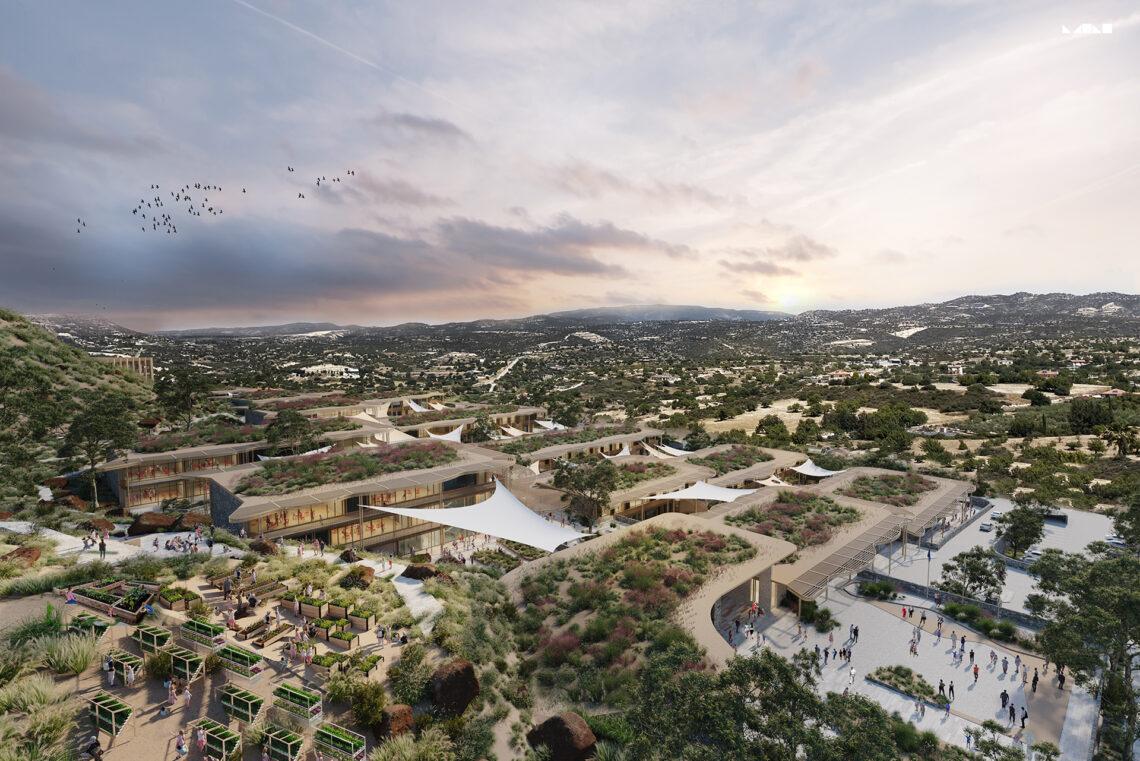
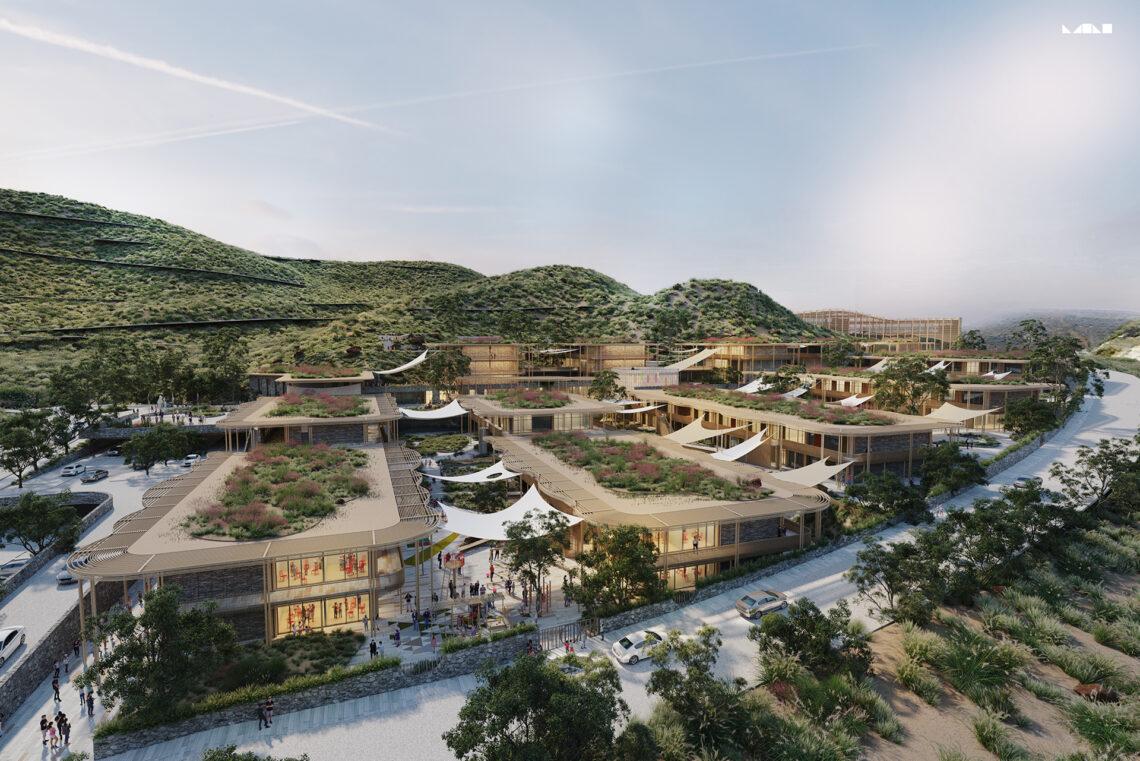
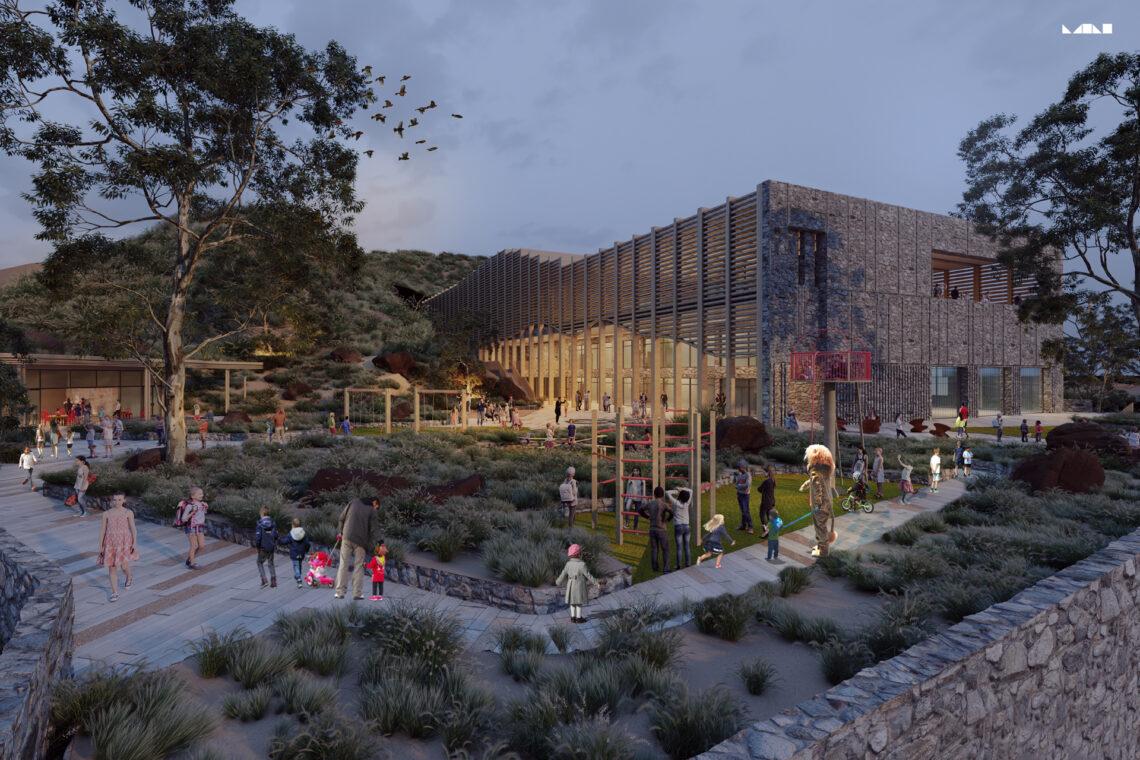
Read also:

